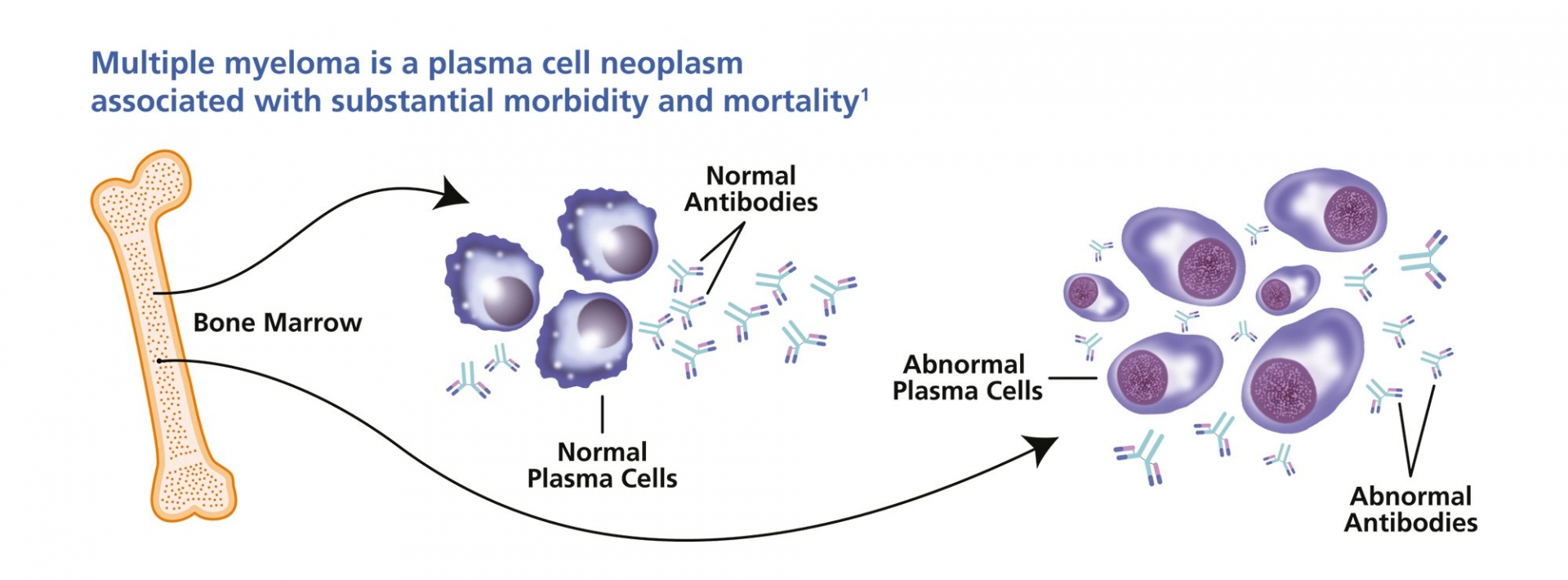Hookworm in Humans & FAQs: Most Asked Questions with Answers about Hookworm
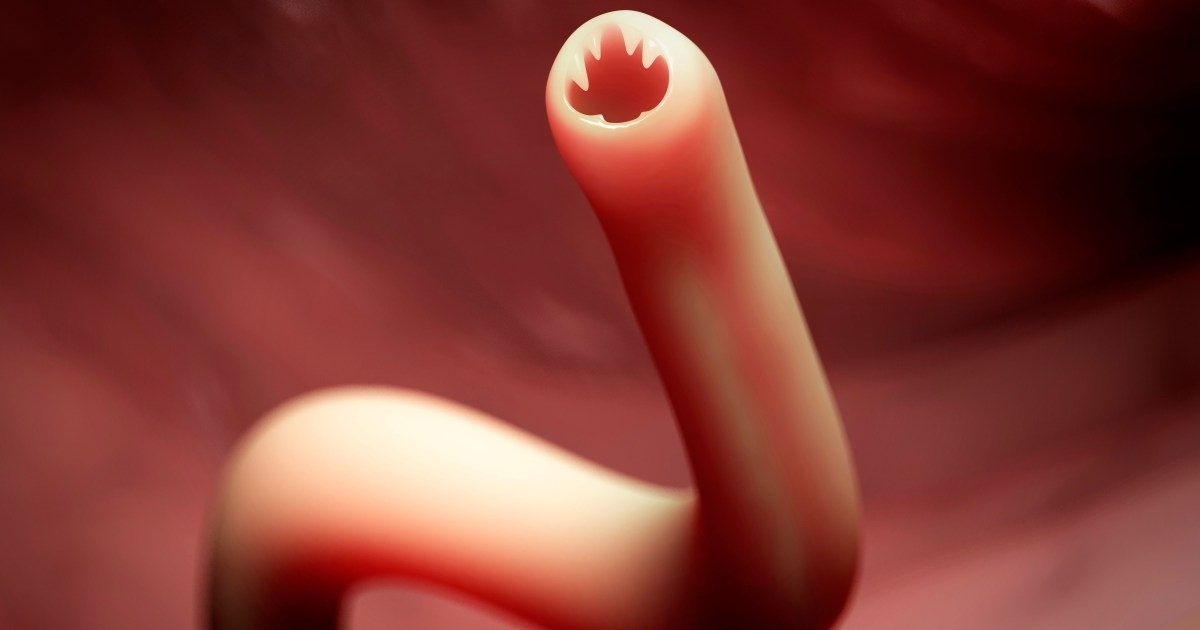 |
| Hookworm is a great infection of mankind. Photo: Metro |
In 1962, Norman Stoll, the distinguished Rockefeller Institute scientist who helped to establish human parasitology research in North America, described the unique health impact of hookworm as follows:
"As it was when I first saw it, so it is now, one of the evilest of infections. Not with dramatic pathology as are filariasis, or schistosomiasis, but with damage silent and insidious. Now that malaria is being pushed back hookworm remains the great infection of mankind", he said.
"In my view, it outranks all other worm infections of man combined…in its production, frequently unrealized, of human misery, debility, and inefficiency in the tropics."
Like many other global disease experts who witnessed dramatic reductions in malaria prevalence as a result of DDT spraying during the late 1950s, Stoll did not anticipate malaria's imminent re-emergence in India, as cited by NCBI.
However, he articulated with eloquence the magnitude of the disease burden resulting from hookworm infection. He further offered the silent and insidious character of hookworm as a partial explanation for its neglect by the global medical community.
This neglect subsequently intensified during the 1970s, 1980s, and 1990s with the omission of hookworm from the list of diseases covered by the World Health Organization's Special Programme for Research and Training in Tropical.
Hookworm FAQs: What are hookworm and hookworm infections?
Hookworm is an intestinal parasite of humans. According to the Centers for Disease Control and Prevention, the larvae and adult worms live in the small intestine can cause intestinal disease. The two main species of hookworm infect humans are Ancylostoma duodenale and Necator americanus.
Hookworm infection is an infection of the intestines that can cause an itchy rash, respiratory and gastrointestinal problems, and eventually iron deficiency anemia due to the ongoing loss of blood, Merck Manual cites.
The eggs of these hookworms end up on the ground after passing through human feces, as cited by Healthline. They hatch into larvae, which stay in the soil until they have a chance to break through human skin.
Hookworm FAQs: Is hookworm spread?
Hookworm eggs are passed in the feces of an infected person. If an infected person defecates outside (near bushes, in a garden, or field) or if the feces from an infected person are used as fertilizer, eggs are deposited on soil.
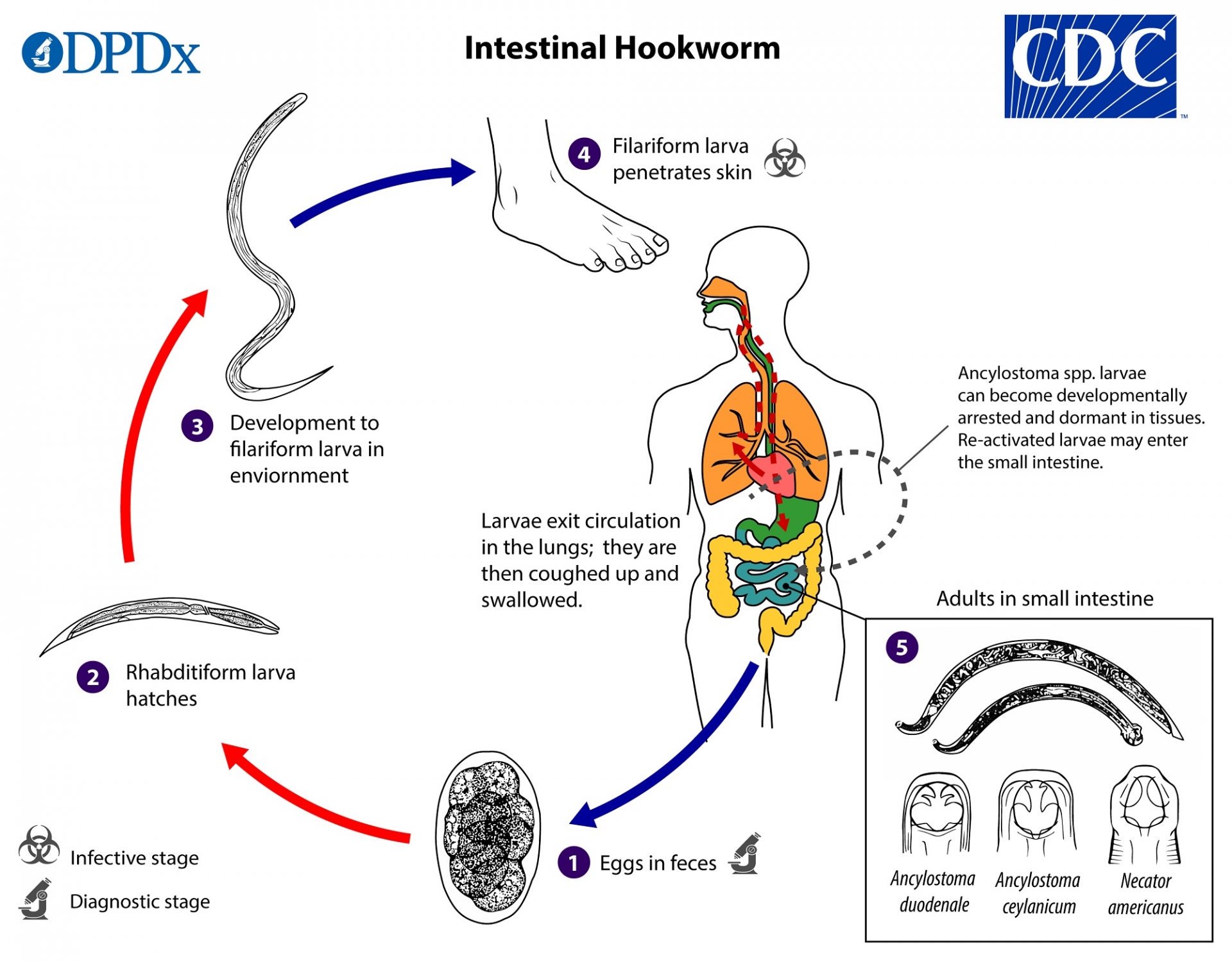 |
| Hookworm lifecycle. Photo: CDC |
They can then mature and hatch, releasing larvae (immature worms). The larvae mature into a form that can penetrate the skin of humans. Hookworm infection is transmitted primarily by walking barefoot on contaminated soil. One kind of hookworm (Ancylostoma duodenale)can also be transmitted through the ingestion of larvae.
People living in areas with warm and moist climates and where sanitation and hygiene are poor are at risk for hookworm infection if they walk barefoot or in other ways allow their skin to have direct contact with contaminated soil. Soil is contaminated by an infected person defecating outside or when human feces (“night soil”) are used as fertilizer. Children who play in contaminated soil may also be at risk.
Hookworm FAQs: How long do hookworms live in humans?
Hookworms live in the human intestine on average from 1-3 years for A. duodenale and 3-10 years for N. americanus (Hoagland and Schad, 1978), with a maximum life-span of 18 years (Beaver, 1988). Hookworm eggs exit the body in faeces.
Hookworm FAQs: Can my pet make me sick?
Hookworm infections can occur in pets, especially puppies and kittens. If your pet has an infection, you can get it indirectly. You won’t get it from petting your dog or cat. The eggs are passed in your pet’s stool and hatch into larvae. The eggs and larvae are found in the dirt where your pet leaves stool. You can get a hookworm infection by touching contaminated dirt with your bare hands or feet. You can also get it by accidentally eating contaminated soil.
To reduce your risk, make sure your pets are vaccinated and dewormed by your veterinarian. Also, avoid walking barefoot in areas where pets leave feces. This is especially important when you might come in contact with animal feces from pets whose health conditions are unknown, such as at a park.
Hookworm FAQs: Can I get hookworms from my dog licking me?
Parasites like hookworm, roundworm, and giardia can be passed from dog to human through licking.
Hookworm FAQs: What are the signs and symptoms of hookworm infection?
Many people with hookworm infection do not have symptoms. However, at the start of hookworm infection, an itchy, red, raised rash (ground itch) may develop where the larvae penetrate the skin. The movement of the larvae through the lungs can cause fever, coughing, and wheezing.
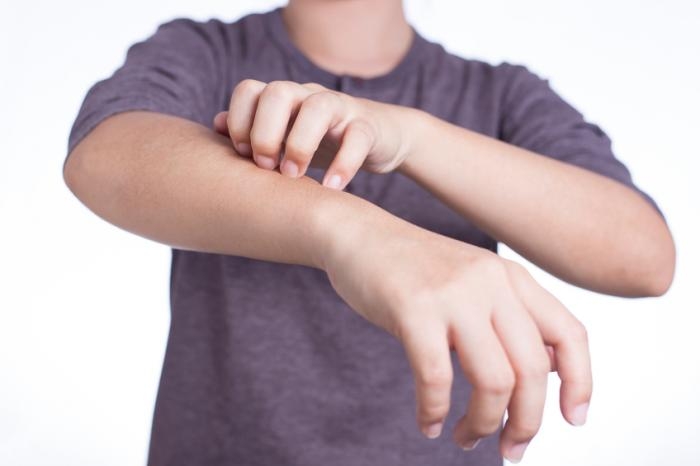 |
| Itchy is the very first symptom of hookworm infection. Photo: Medical News Today |
When adult worms first attach to the intestine, they can cause pain in the upper abdomen, loss of appetite, diarrhea, and weight loss. Over time, severe infections cause anemia as blood is lost, and people become iron deficient. Anemia causes fatigue. In children, continuing blood loss can lead to severe anemia and may cause heart failure and widespread tissue swelling. In pregnant women with severe anemia, the fetus may not grow normally.
Hookworm FAQs: How serious is a hookworm infection?
If you have a hookworm infection that lasts a long time, you could become anemic. Anemia is characterized by a low red blood cell count, which can contribute to heart failure in severe cases. Anemia results from hookworms feeding on your blood. You’re more at risk of having severe anemia if you also don’t eat well, are pregnant, or have malaria.
Other complications that can develop from these infections include nutritional deficiencies and a condition known as ascites. This condition is caused by serious protein loss and results in fluid buildup in your abdomen.
Children who have frequent hookworm infections can experience slow growth and mental development from losing iron and protein.
Hookworm FAQs: How is hookworm diagnosed?
1. Examination of a stool sample
2. Blood tests to check for anemia and iron deficiency
Hookworm infection is diagnosed by identifying hookworm eggs in a sample of stool. The stool should be examined within several hours after defecation.
Eosinophilia is often present in people infected with hookworms. Eosinophilia is a higher than a normal number of eosinophils, which are a type of disease-fighting white blood cell that plays an important role in the body's response to allergic reactions, asthma, and infection with parasitic worms (helminths).
During the 5 to 9 weeks between penetration of larvae and appearance of eggs in the stool, eosinophilia may be the only laboratory abnormality. Hookworm infection is an important diagnostic consideration in people who have a blood count did that shows eosinophilia, especially if they are immigrants or travelers returning from endemic regions where sanitation is poor.
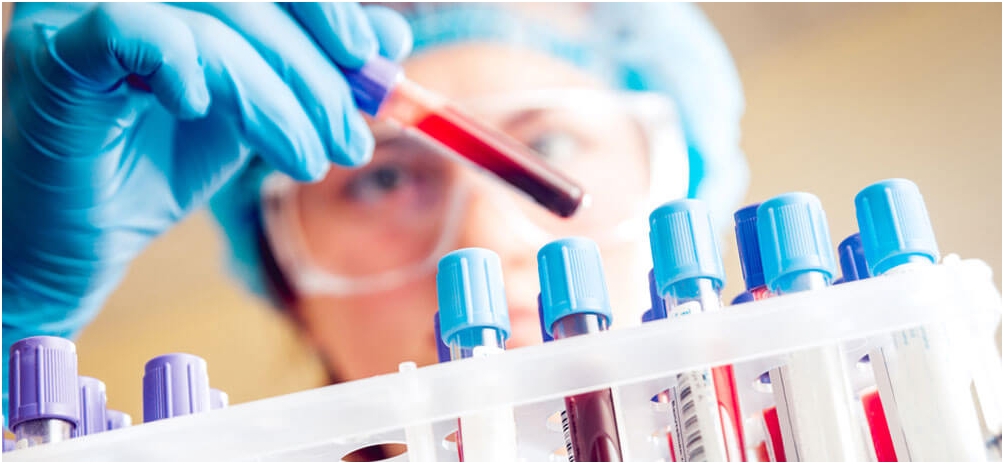 |
| Photo: Victoria Healthcare |
Blood tests for anemia and iron deficiency are also done.
Cutaneous larva migrants are diagnosed based on the appearance and location of the moving, linear rash in people who have been exposed to the hookworms that infect cats and dogs.
Hookworm FAQs: How can I prevent infection?
How can hookworm infections be prevented?
You can lower your risk of becoming infected with hookworms by:
- wearing shoes when you walk outdoors, especially in areas that might have feces in the soil
- drinking safe water
- properly cleaning and cooking food
- practicing proper handwashing
 |
| Photo: Unicef |
In areas where hookworm infections are common, improving sanitation can reduce the number of infections. This includes using better sewage-disposal systems and reducing the frequency of outdoor human defecation.
Some developing nations practice preventive treatment. This involves treating groups of people who are at a higher risk of having infections. These include:
- young children
- women of childbearing age
- pregnant women
- women who are lactating
- adults who work in occupations that put them at risk for heavy infections
Hookworm FAQs: What is the treatment for hookworm?
Treatment depends on how severe your hookworm infection is.
No treatment. Your body may clear the infection on its own, though it could take a few years.
Anthelmintic medications. These medicines get rid of parasitic worms in the body. Common drugs for intestinal hookworm include albendazole, mebendazole, and pyrantel pamoate. To treat infection by hookworm larvae, you can put the drug thiabendazole on your skin or take medicine like albendazole or ivermectin by mouth.
 |
| Photo: Global News |
Supplements. Iron supplements can treat anemia from the infection. If you have anemia and malnutrition, your treatment will include nutrition support and other supplements, including folate, as cited by WebMD.
Hospitalization. Rarely, hookworms can cause severe anemia and congestive heart failure. Such cases may need treatment in a hospital.
| Are there any preventative treatments? In developing countries, groups at higher risk for soil-transmitted helminth infections (hookworm, Ascaris, and whipworm) are often treated without a prior stool examination. Treating in this way is called preventive treatment (or “preventive chemotherapy”). The high-risk groups identified by the World Health Organization are preschool and school-age children, women of childbearing age (including pregnant women in the 2nd and 3rd trimesters and lactating women), and adults in occupations where there is a high risk of heavy infections. School-age children are often treated through school-health programs and preschool children and pregnant women at visits to health clinics. |
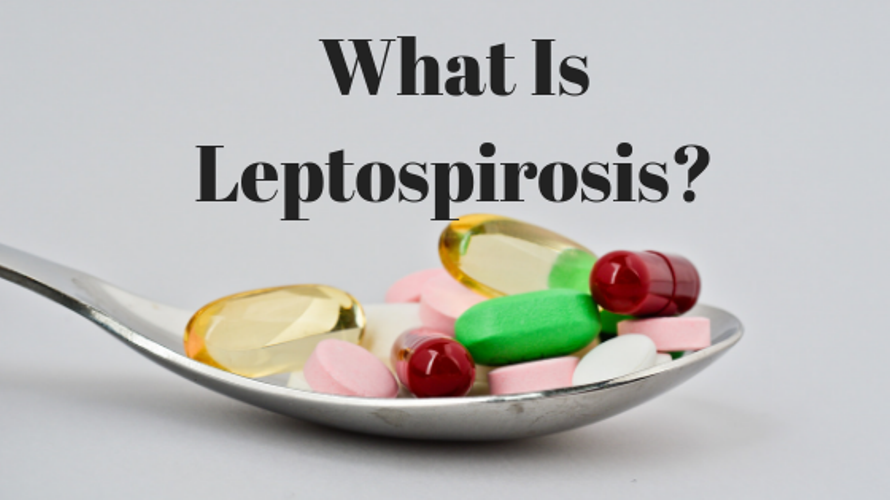 What is LEPTOSPIROSIS: Symptoms, Causes, Transmission, Treatments for a Common Disease in India What is LEPTOSPIROSIS: Symptoms, Causes, Transmission, Treatments for a Common Disease in India Facts about LEPTOSPIROSIS, without timely treatment, can lead to kidney damage, meningitis (inflammation of the membrane around the brain and spinal cord), liver failure, respiratory ... |
 What is Gonorrhoea: Symptoms, Causes and Prevention for most common disease in India What is Gonorrhoea: Symptoms, Causes and Prevention for most common disease in India Gonorrhea is a disease that is transmitted through sexual intercourse or baby vaginal delivery. Both men and women can get it, though men get ... |
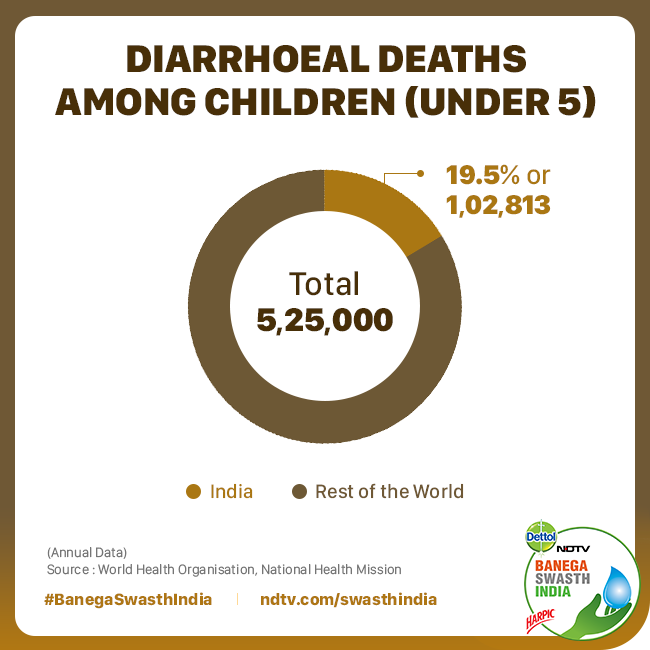 Diarrhea disease: Causes, Symptoms & Treatments for most common disease in India Diarrhea disease: Causes, Symptoms & Treatments for most common disease in India Diarrhoeal disease is the second leading cause of death in children under five years old and is responsible for killing around 525 000 children ... |


